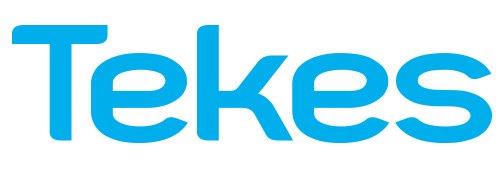
The Future of UHF - FUHF
The future of UHF frequency band is under active discussion worldwide. In Europe, the High Level Group (HLG) on the future use of the UHF band was convened at the end of 2013 by the Vice President of the European Commission and Commissioner for the Digital Agenda, Neelie Kroes. The UHF frequency band means in practice the frequencies allocated for digital TV transmissions. The overarching objective laid down in the mandate of HLG was to deliver strategic advice to the Commission for developing a European strategy on the future use of the UHF band.
The need for this strategic work is driven by the media consumption disruption, where audiovisual materials are consumed more and more via mobile networks. Consumption patterns are changing as mobile terminals are becoming more advanced and commonly available. A new generation of so-called diginatives is entering schools, higher education as well as the workforce. With it comes change in media behavior and media consumption patterns. This has led to an increasing demand for utilizing spectrum resources efficiently. For instance, the forthcoming World Radio Congress (WRC) in November 2015 is set to make decisions on frequency allocations based on global interest.
In practice, Netflix, YouTube, Yle Areena, Katsomo, Ruutu and other video streaming services transfer television content to consumers, from the TV network to mobile networks. This puts great pressure to the capacity of mobile networks. It is necessary to consider, for example, whether television operations need their own, reserved frequencies also in the future.
The objectives of the project, in short, are to research the changing media environment, long-term media consumption formats, and especially evaluate and strategize around their impact on business models for different actors, that is, mobile operators, broadcasters, mobile network manufacturers, and broadcast network providers/operators.
From a technical perspective, the FUHF project studies Supplemental Downlink (SDL) technology, which is based on 4G mobile networks, and offers a solution to the problem with the frequencies and their capacities. With the help of the technology in question, the mobile operators can be offered a chance to benefit TV frequencies to transfer video content to consumers without disturbing the normal TV operations. In cooperation with Nokia, TUAS is building the first global, commercial level test network in the world to pilot the concept.


